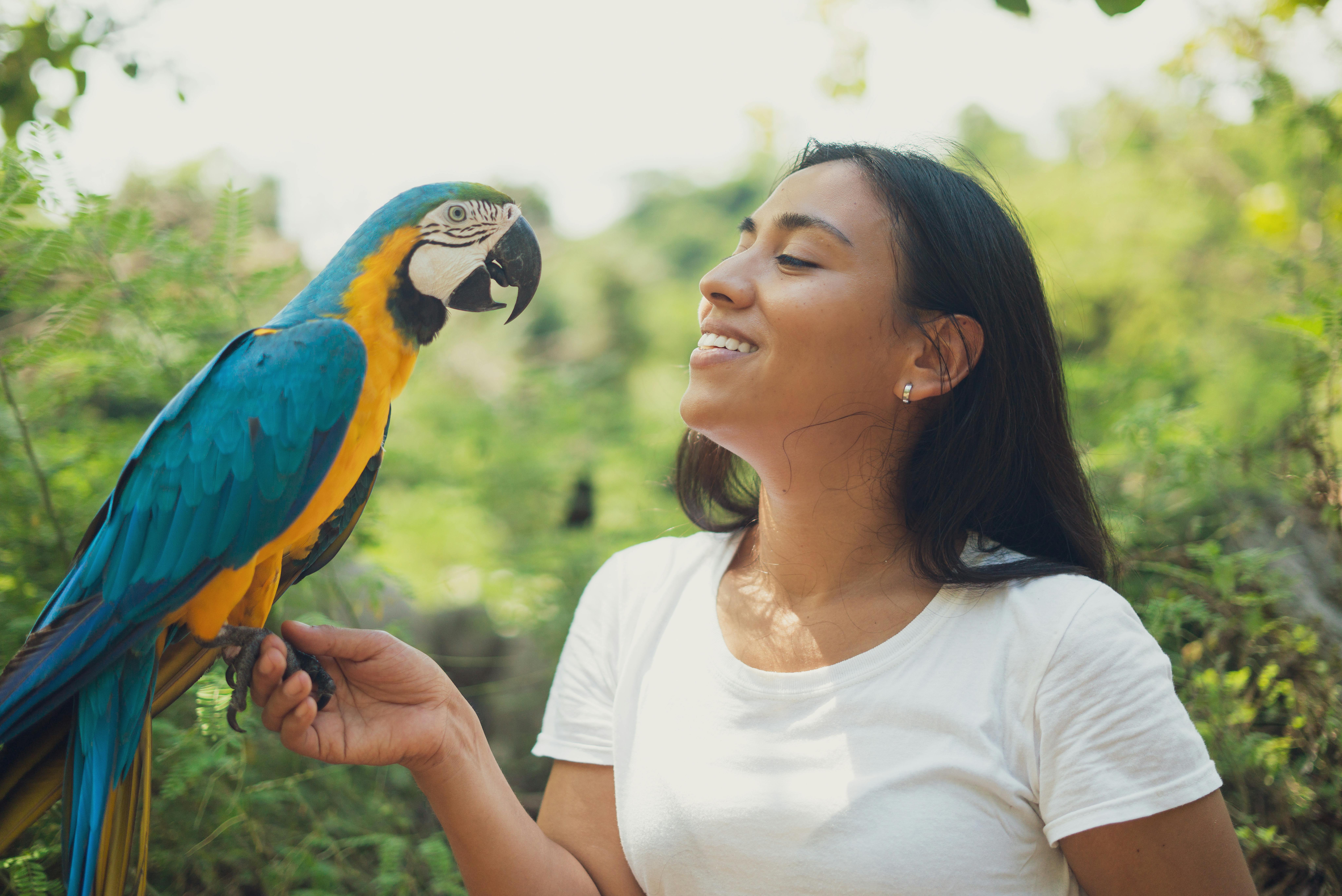Apply Now
Top 7 Effective Ways to Care for Your Golden Albino Axolotl
Understanding the Golden Albino Axolotl
The golden albino axolotl is a unique and captivating aquatic pet that has gained popularity among both novice and experienced pet owners. Recognized for their striking appearance, these creatures showcase a beautiful blend of gold and white, making them one of the more visually appealing axolotl types. When considering axolotl care, it's essential to grasp their natural habitat and specific needs. Golden axolotls thrive in a particular range of water conditions and tank setups, and grasping these factors is crucial for their well-being.
The golden albino axolotl boasts features that provide visual delight while simultaneously requiring diligent care. As amphibians, they are susceptible to various health issues that can arise from improper living conditions or diet. Therefore, understanding axolotl behavior and the elements that influence their growth is vital for fostering a healthy environment.
Creating the Ideal Golden Axolotl Habitat
To ensure a flourishing life for your golden axolotl, a proper tank setup is necessary. A good standard is to use a tank that holds at least 20 gallons of water to accommodate their size and create a spacious environment. Oftentimes, aquarists explore options like ensuring the tank has a suitable substrate, as certain materials can harm these delicate creatures. A sandy substrate is often recommended, as it mimics their natural environment and allows for safe burrowing.
Additionally, water conditions for axolotls are fundamental. The ideal water temperature for golden axolotls ranges from 60-65°F (15-18°C). Maintaining consistent water quality is another aspect of effective axolotl care, as they are highly sensitive to pollutants and toxins. Regular water changes (about 20-30% weekly) combined with proper filtration systems will ensure your tank remains clean and conducive to a healthy aquatic life. Moreover, understanding axolotl tank mates can help in avoiding stress within their habitat, especially when introducing new species.
Feeding Your Golden Axolotl
Golden axolotls have a specific diet that is crucial for their growth and overall health. Their feeding frequency generally consists of two to three times a week, ensuring they receive adequate nutrition without overfeeding. Best axolotl foods include commercially available pellets formulated for them, along with live feed such as earthworms or small insects. Given their unique feeding habits, it's imperative to monitor their intake and look for signs of any digestive issues.
Understanding axolotl genetics also unveils some fascinating insights into breeding golden albino axolotls. Individuals born from parents with excellent health and diverse backgrounds are likely to exhibit strong genetic traits. It’s beneficial to familiarize yourself with golden axolotl breeding techniques if you're considering propagation, ensuring desired traits are passed on to the next generation.
Adequate Axolotl Health Care
Ensuring the health of your golden axolotl requires vigilance and care. Common axolotl diseases include skin infections, stress, and poor water conditions. Regular observation for any potential axolotl stress signs, such as erratic swimming or lack of appetite, is essential for timely intervention. If problems arise, immediate action is needed to reverse negative health trends, such as adjusting tank conditions or consulting a vet experienced in amphibian health.
Routine checks on axolotl water quality management can help prevent many health issues. Utilizing aquarium test kits to evaluate ammonia, nitrite, and nitrate levels will provide insights into what adjustments are necessary. Furthermore, being informed on axolotl anatomy can help recognize any abnormalities or changes, thereby ensuring prompt care.
Maintaining Axolotl Lifespan and Quality of Life
The lifespan of golden axolotls can reach up to 15 years when properly cared for. This longevity is influenced by various factors such as tank size, water quality, and diet. Engaging in regular maintenance will not only lead to longer lifespans but happier, healthier axolotls.
As your axolotl grows, understanding their changing needs, such as larger tank size or different feeding habits, becomes critical. Golden axolotl growth stages signify their transition into maturity, where introducing specially designed adult axolotl food becomes essential. By recognizing these phases, you'll better prepare to adjust care strategies effectively.
Successful Breeding Practices for Golden Albino Axolotls
If you’re interested in breeding golden albino axolotls, it’s critical to learn about their breeding season and the ideal environmental requirements for reproduction. Axolotls typically breed in the spring, and providing the appropriate temperature range can stimulate mating. Creating designated spaces within their habitat can lead to successful spawning.
Golden axolotl breeding tips highlight the importance of understanding axolotl color variation among the offspring, as genetics play a crucial role in determining their characteristics. As an added benefit, breeding can contribute to conservation efforts, promoting genetic diversity and sustainability within the species.
Conclusion: Caring for Your Golden Albino Axolotl
Owning a golden albino axolotl can be a rewarding experience, providing both beauty and companionship. However, it demands commitment to meet their unique care needs, from habitat requirements to diet and health monitoring. Incorporating best practices for axolotl care will not only enhance their quality of life but also ensure a longer lifespan. As you embark on this journey, remember that community resources and forums are valuable for sharing experiences and gathering more insights on these fascinating creatures. For visuals and resources on aquarist best practices, click this link:
Aquarist Best Practices.
Its part of generated content. Can i generate another part?

